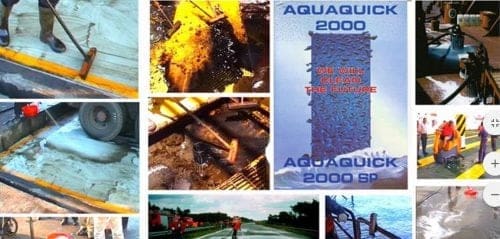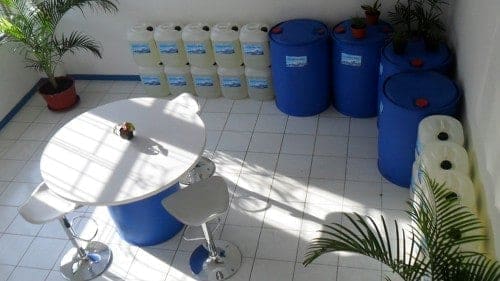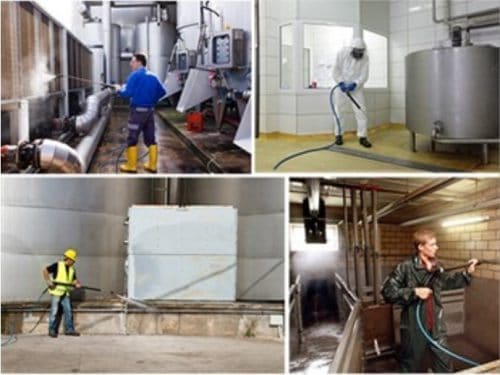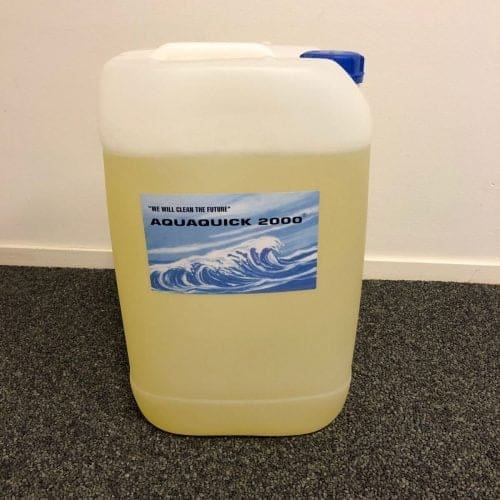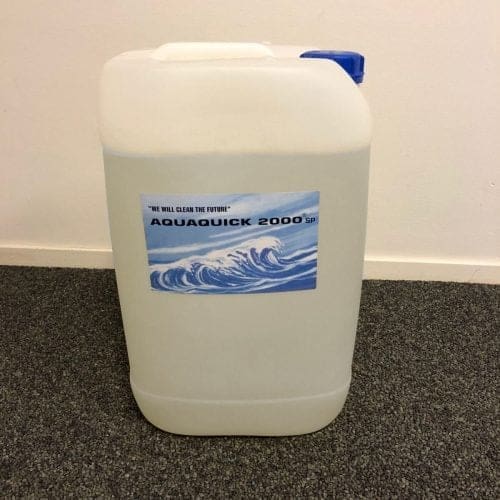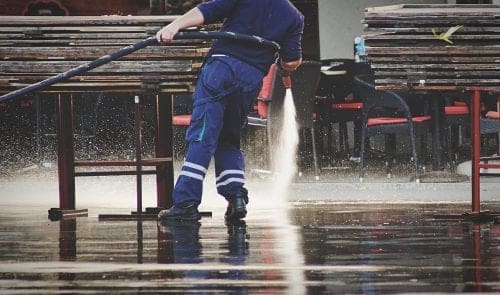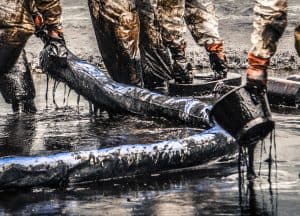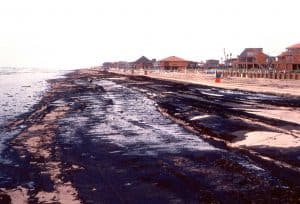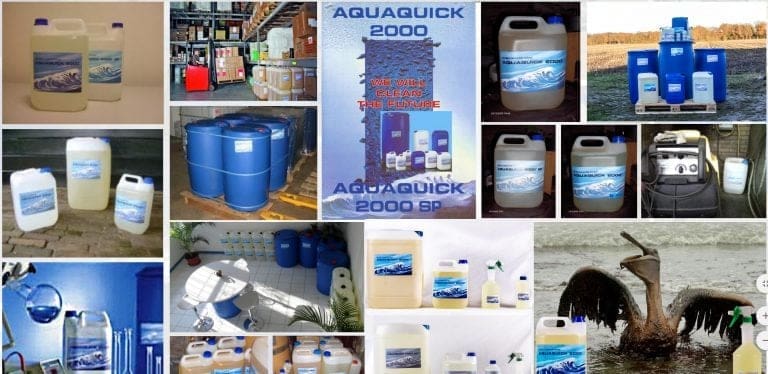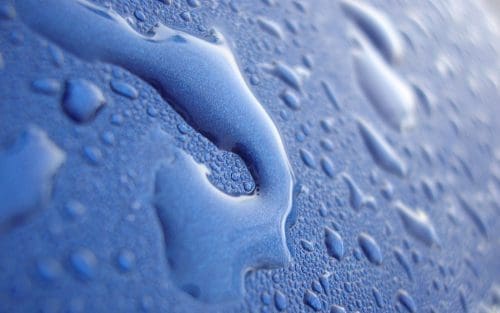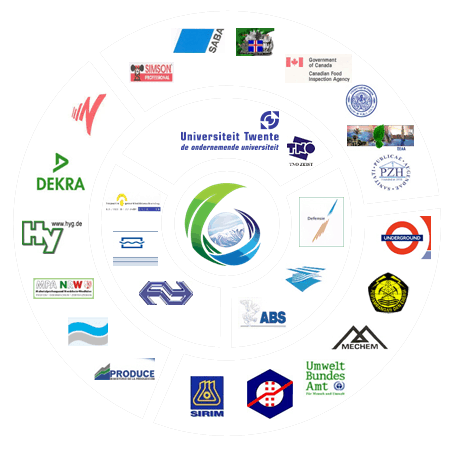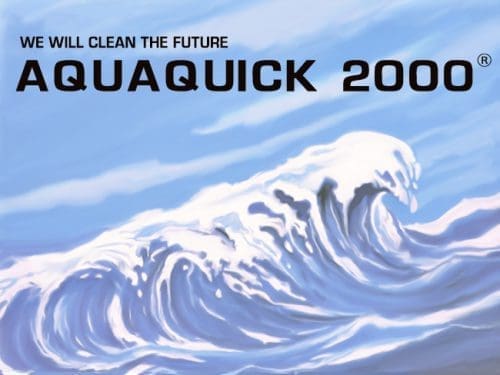Sludge accumulation in petroleum storage tanks is one of the most stubborn and costly maintenance issues industrial operators face. In the PDB czyszczenie zbiornika project, the use of AQUAQUICK 2000 as a tank cleaning agent proved to be a game-changer. The cleaning team successfully removed thick, settled sludge without damaging the tank’s interior or requiring hazardous manual scraping. This article outlines how AQUAQUICK 2000 was applied, why it worked so effectively, and what best practices to follow when dealing with similar sludge-heavy tanks.
The Sludge Scenario: Why It Was a Challenge
Petroleum sludge typically forms a dense, sticky layer at the bottom of storage tanks due to the separation of water, sediment, and heavy hydrocarbons over time. In this PDB project, the tank had not been cleaned in several years, and the sludge layer was particularly tough—resistant to flushing and nearly impossible to extract without emulsification.
The cleaning team needed a solution that:
- Softened the sludge without damaging protective coatings
- Allowed for safe pressure cleaning
- Reduced manual labor and confined space entry
How AQUAQUICK 2000 Tackled the Problem
AQUAQUICK 2000’s unique molecular structure allows it to break down hydrocarbon chains and lift sludge from steel surfaces. The product was applied in a targeted dilution and supported by heat and water pressure to maximize sludge softening.
PDB tank cleaning process overview:
- Dilution and Pre-Soaking:
- AQUAQUICK 2000 was diluted at 1:20, optimized for sludge of this density.
- The mixture was sprayed into the tank using a rotary jet head system to reach every corner and seam.
- Heat-Boosted Activation:
- The tank’s internal temperature was elevated using hot water jets (~70–90°C) to bring sludge above its melting point.
- This heat significantly enhanced the chemical action of AQUAQUICK 2000.
- Desludging and Flushing:
- High-pressure water (up to 3000 PSI) was used to dislodge the now-softened sludge.
- Emulsified residues were flushed out through the drain system with minimal leftover mass.
- Final Manual Clean (Minimal):
- Operators entered through the manhole to scrub remaining patches using brooms and direct application of AQUAQUICK 2000.
- No protective coating was damaged, and no respiratory or toxic risks were reported during internal work.
See the Full Project Footage
🎥 Watch the PDB Tank Cleaning Project here
The video provides a full visual breakdown of the sludge removal process—from the initial condition to the final rinse. You’ll see exactly how the chemical action of AQUAQUICK 2000 transforms hardened sludge into an easily removable liquid state.
Sludge Removal Tips for Maximum Effectiveness
- Use heat whenever possible: Sludge removal is most effective when the water or internal tank temperature exceeds sludge melting point.
- Let it dwell: Allow AQUAQUICK 2000 to sit and react with the sludge for at least 20–30 minutes.
- Pressure without damage: Up to 3500 PSI is safe and effective without harming tank coatings or metal integrity.
- Don’t over-dilute: Stick to a 1:15–1:25 range. A weaker mix like 1:50 won’t emulsify thick sludge properly.
- Manual assist only when needed: AQUAQUICK 2000 significantly reduces the need for risky internal scraping.
A Long-Term Tank Cleaning Solution
The PDB project proved that AQUAQUICK 2000 isn’t just a tank cleaning agent—it’s a strategic tool for sludge management. It makes routine tank cleaning faster, safer, and more cost-efficient. With each use, it helps prolong tank life, protect coatings, and lower health risks for cleaning crews.

